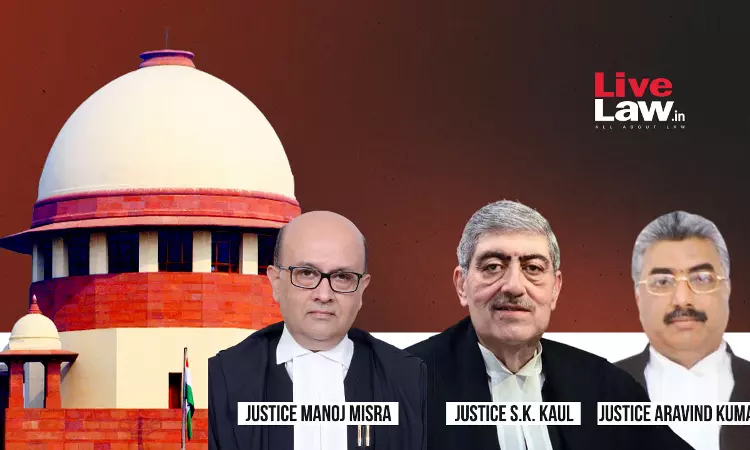The Supreme Court recently set aside the conviction of a convict and upheld the acquittal of the co-accused in a murder case on the ground that the prosecution has failed to prove the chain of incriminating circumstances as to conclusively prove the guilt of the accused persons.The three judge bench comprising Justice Sanjay Kishan Kaul, Justice Manoj Misra and Justice Aravind...

